Stingrays have long fascinated both marine enthusiasts and casual beachgoers alike. With their graceful glides across ocean floors and enigmatic presence, they are both captivating and a little intimidating. While most people know them for their distinctive flat bodies and long tails, there’s a lot more to these creatures than meets the eye. Dive in with me as we explore 13 fascinating and terrifying facts about stingrays that are sure to make you see these underwater wonders in a whole new light.
1. Stingrays Glide with Grace and Precision
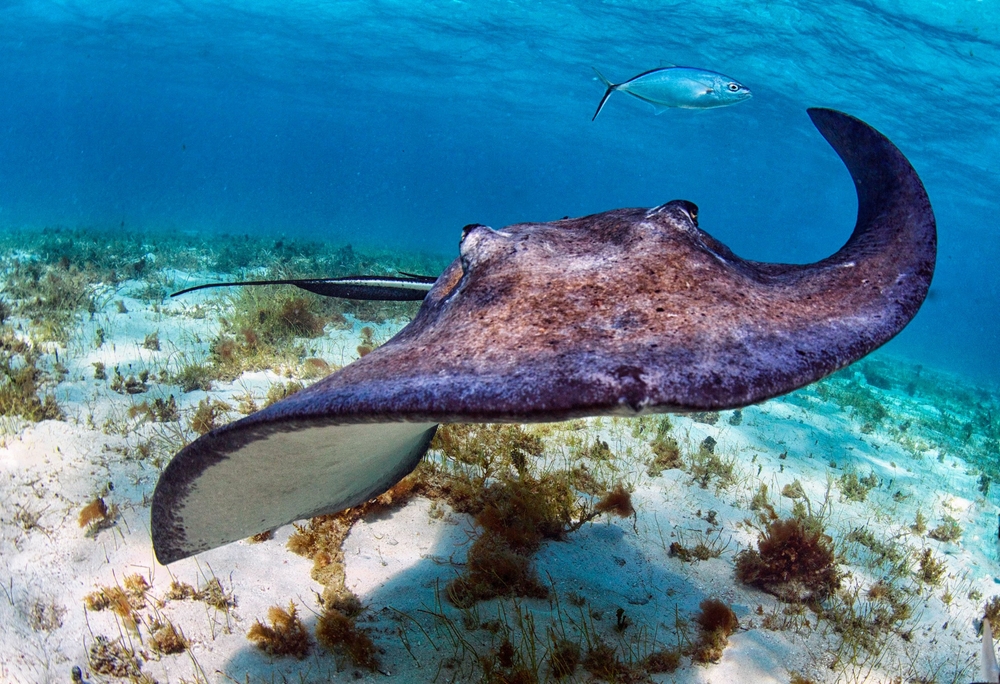
Watching a stingray swim is like watching a ballet of the sea. They move through the water with an elegance that seems almost otherworldly, using their wide, flat pectoral fins to propel themselves. According to National Geographic, this unique method of swimming is called “undulatory locomotion,” where they ripple their fins in a wave-like motion to glide effortlessly. This not only helps them navigate the ocean floor with precision but also allows them to conserve energy.
Stingrays can adjust their buoyancy by controlling the amount of water they hold in their bodies, making their movements even more efficient. Their graceful swim isn’t just beautiful to watch but also practical, as it aids in their stealthy approach to prey. With such skills, it’s no wonder they’re often referred to as the “birds of the sea.” Their ability to blend into sandy ocean floors while gliding is a testament to their evolutionary perfection.
2. Stingrays Have a Social Side
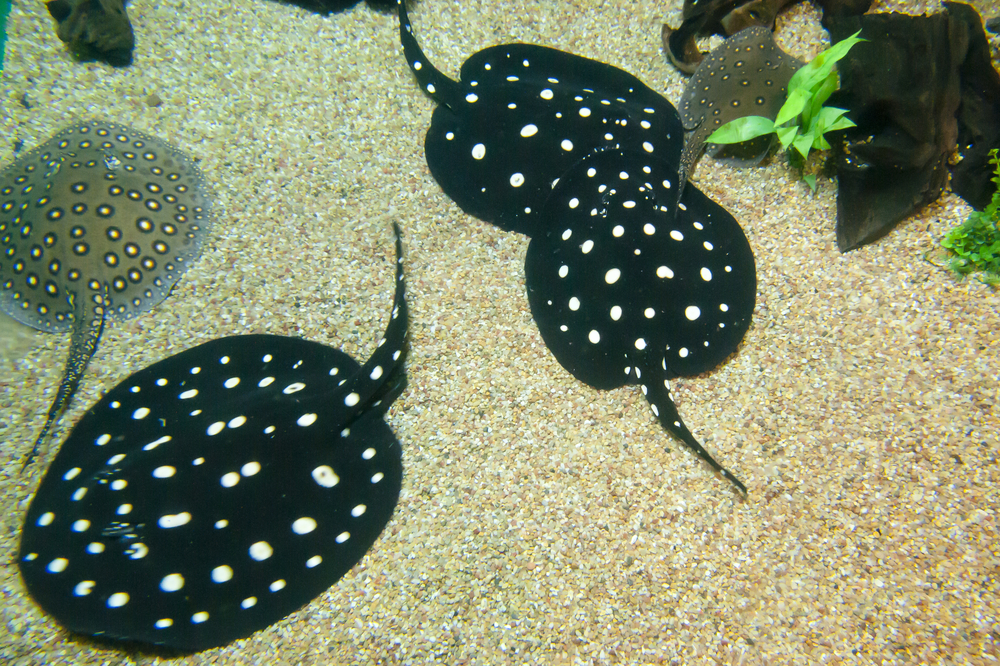
Contrary to popular belief, stingrays aren’t the solitary creatures they’re often depicted as. In fact, many species of stingrays display social behaviors and are known to form groups, sometimes referred to as “fevers.” According to experts from the Smithsonian Ocean, these gatherings can consist of several stingrays swimming together, either for protection, mating, or finding food. It’s quite a sight to see a fever of stingrays moving in unison, their synchronized movements showcasing a level of coordination that rivals schools of fish.
These social interactions aren’t just for show; they play a critical role in the survival and reproduction of stingrays. By coming together, they can better protect themselves from predators and enhance their chances of finding food. Some researchers even believe that these social structures allow stingrays to learn from one another, sharing information about the best feeding grounds or the safest paths to travel. It’s a fascinating glimpse into the complex social lives of these marine creatures.
3. Stingrays Have Remarkable Vision and Sensory Skills
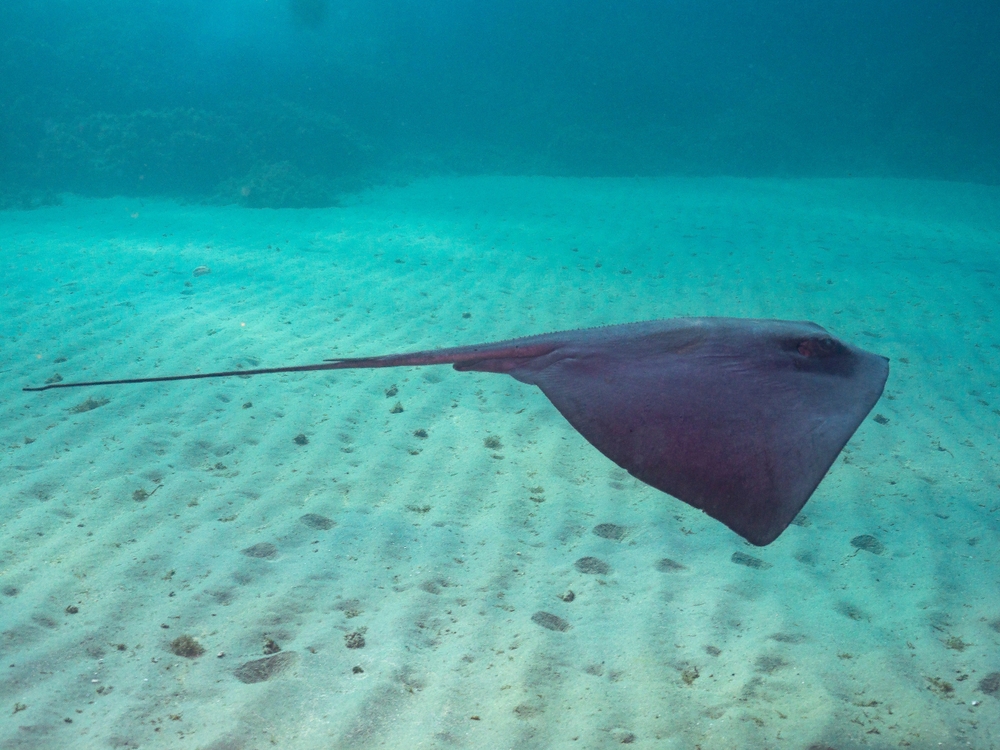
While stingrays might appear to glide blindly over the ocean floor, they possess an impressive set of eyes perched on top of their heads, providing them with a unique vantage point. Their vision is complemented by an array of specialized senses that allow them to navigate their environment with precision. Among these is their ability to detect the electrical signals emitted by potential prey, thanks to the “ampullae of Lorenzini” located around their mouths, as discussed in a detailed article by the MarineBio Conservation Society. This electroreception helps them locate food even when it’s buried under sand or hidden from view.
In addition to their keen electro-sensory abilities, stingrays also have excellent smell and touch sensors that guide them in the murky depths. Their flattened bodies are covered in sensory pores, which can detect even the slightest movement in the water. This combination of vision, electroreception, and tactile senses allows stingrays to be formidable hunters in their underwater domain. While their sensory skills make them efficient predators, they also serve as a defense mechanism, helping them avoid potential threats and navigate the often treacherous waters they call home.
4. The Deadly Sting of a Stingray
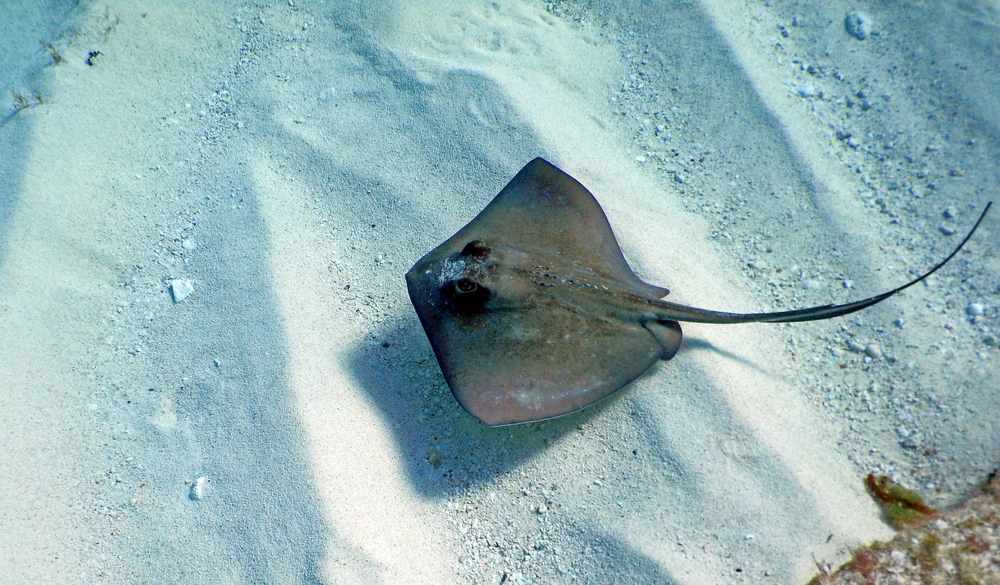
Stingrays are perhaps most famously known for the venomous barbs on their tails, a defense mechanism that can be both fascinating and terrifying. The stingray’s barb is a serrated, venomous spine that they use primarily for protection against predators. It’s important to note that stingrays are generally not aggressive and will only use their sting in self-defense when they feel threatened. The venom contained in the barb can cause intense pain and swelling, and in rare cases, it can be fatal to humans, although such occurrences are extremely uncommon.
Interestingly, not all stingrays have a venomous sting; some species have evolved to rely more on their camouflage and speed to avoid predators. For those that do have a sting, the venom is primarily used to deter predators like sharks, rather than to hunt prey. When a stingray feels cornered or stepped on, it can whip its tail upwards to deliver a quick and painful sting. Despite their fearsome reputation, stingray stings are rare, and with awareness and caution, interactions with these creatures can be safe and awe-inspiring.
5. Stingrays Are Masters of Camouflage
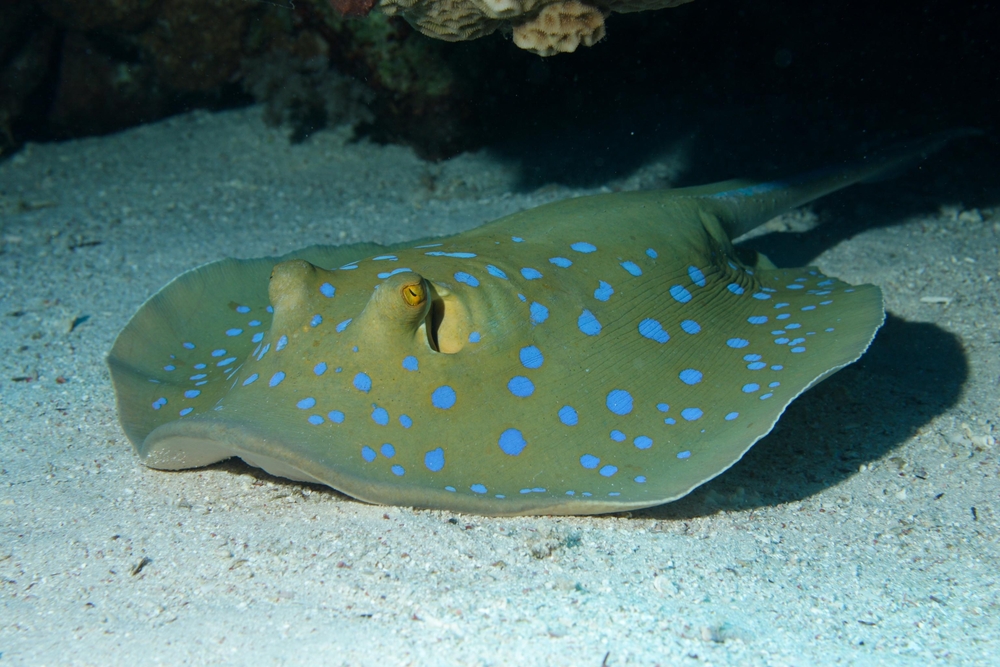
One of the most fascinating abilities of stingrays is their talent for camouflage. With their flat bodies and muted colors, they’ve evolved to blend seamlessly with the ocean floor. This natural camouflage is an essential survival tool, allowing them to hide from both predators and unsuspecting prey. By partially burying themselves in the sand, stingrays can become nearly invisible, lying in wait for the perfect moment to strike.
Their ability to blend in is aided by the unique texture of their skin, which can resemble the sandy, pebbled ocean floor. This adaptation not only helps them avoid detection but also makes them one of the ocean’s most effective ambush predators. When prey swims too close, the stingray can spring to life with lightning-fast speed, securing a meal before its presence is even detected. This mastery of disguise is a testament to the stingray’s evolutionary ingenuity, showcasing nature’s incredible ability to adapt and survive.
6. Stingrays Have a Wide Range of Sizes
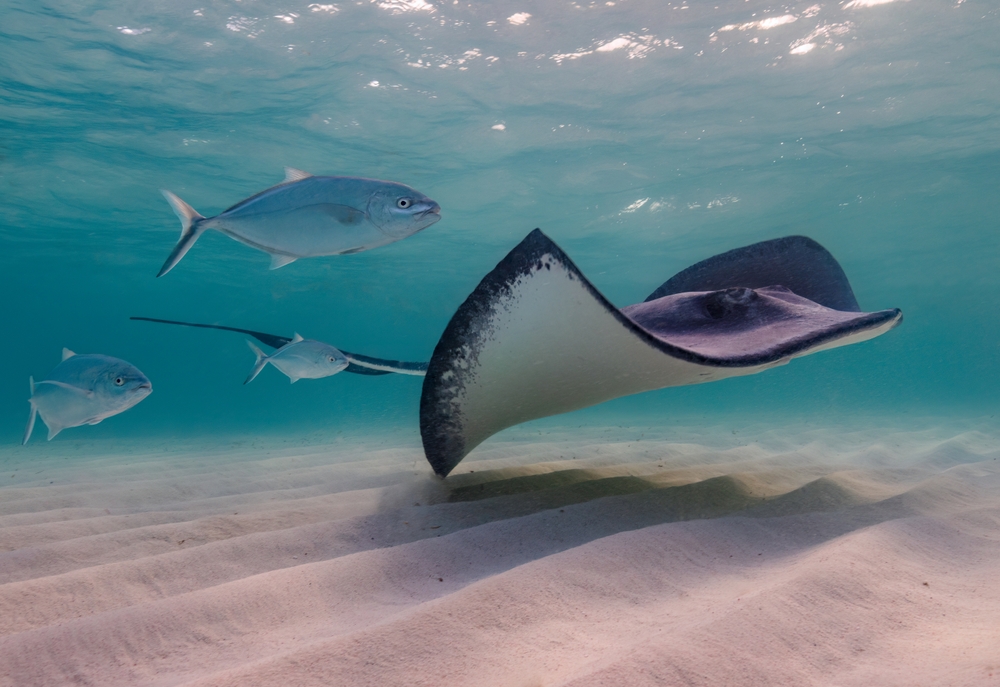
Stingrays come in a wide variety of sizes, ranging from the petite to the downright colossal. The largest species, the manta ray, can reach a wingspan of up to 29 feet, making it a truly awe-inspiring sight in the ocean. On the other end of the spectrum, smaller species like the short-tail stingray can be just a few feet wide. This wide range of sizes showcases the incredible diversity within the stingray family, with each species adapted to its unique environment and lifestyle.
Despite their size, all stingrays share a similar body structure, with their flat, disc-like bodies and long, tapering tails. This design is perfectly suited for life on the seafloor, allowing them to slip through narrow spaces and navigate complex underwater environments. Whether large or small, stingrays maintain a sense of grace and majesty that captivates all who encounter them. Their size variation is just another example of the stingray’s incredible adaptability and evolution.
7. Stingrays Are Cartilaginous Fish
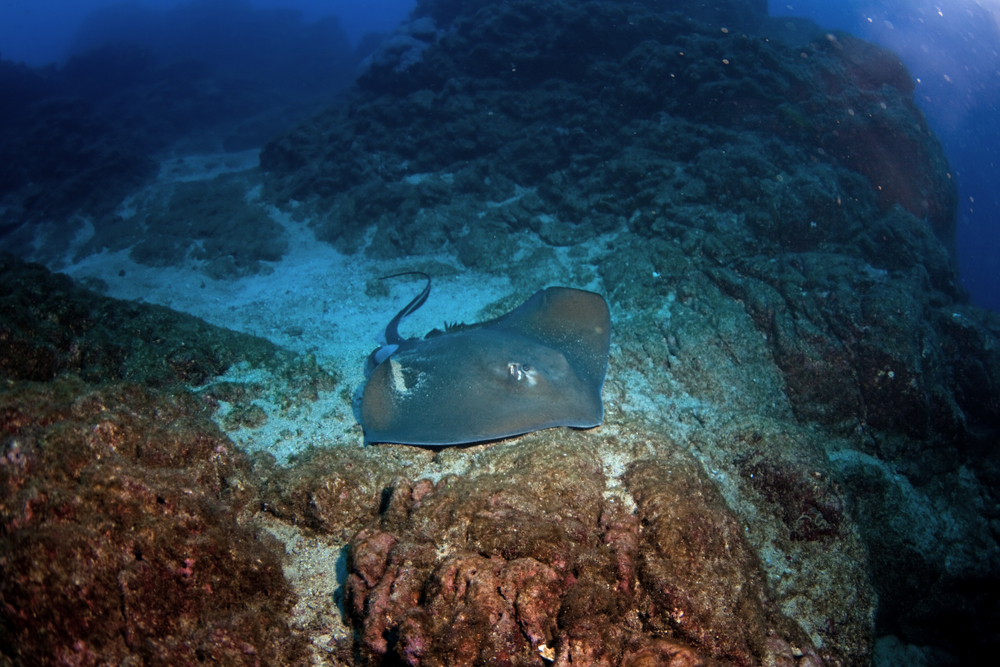
Unlike most fish, stingrays are part of a group known as cartilaginous fish, which includes sharks and skates. This means that instead of bones, their skeletons are made of cartilage, the same flexible material found in human noses and ears. This unique composition gives stingrays a distinct advantage, as their lightweight skeletons allow for greater maneuverability and speed in the water. It’s this flexibility that contributes to their graceful swimming style and their ability to make sharp turns when necessary.
The cartilaginous structure also helps stingrays conserve energy, as they don’t need to expend as much effort to remain buoyant. This adaptation is crucial for their lifestyle, which involves long periods of gliding along the ocean floor in search of food. Their lack of bones doesn’t make them any less formidable; in fact, it only enhances their abilities as both predators and prey. The unique skeletal structure of stingrays is just one of the many marvels of these fascinating creatures.
8. The Diverse Diet of Stingrays
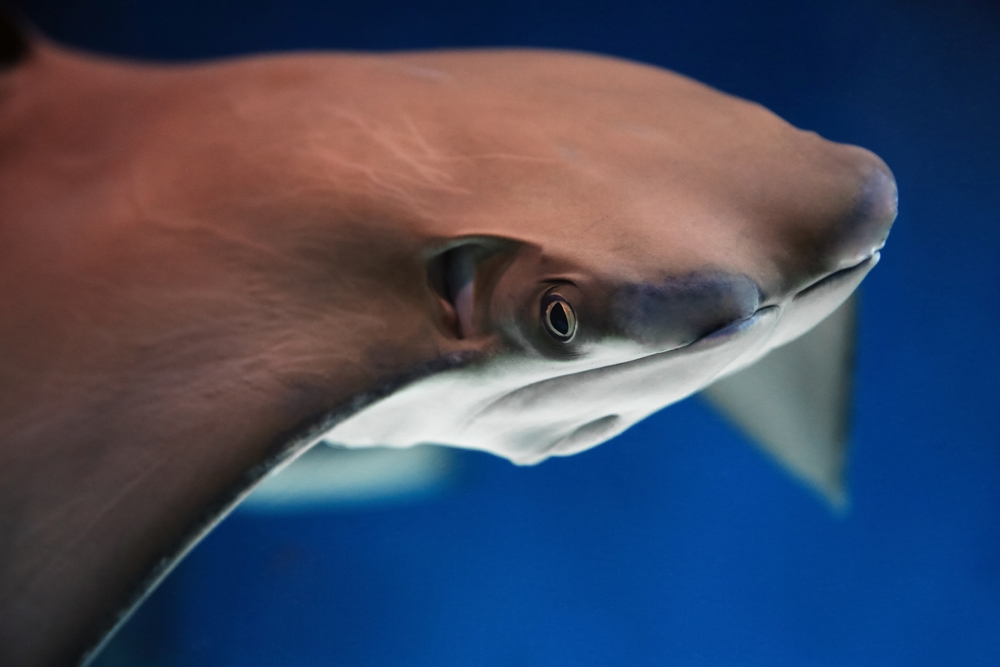
Stingrays are opportunistic feeders, and their diet can vary significantly depending on their habitat and species. Generally, they feed on mollusks, crustaceans, small fish, and other invertebrates found on the ocean floor. Their mouths are specially adapted to crush and grind their prey, with strong jaws and flat, plate-like teeth designed to crack open shells and exoskeletons. This makes them highly effective foragers, capable of extracting every bit of nutrition from their meals.
Stingrays also have a unique feeding technique that involves stirring up the sand to uncover hidden prey. By flapping their fins, they can create a current that dislodges creatures buried in the substrate, making them easy targets. This method not only ensures a steady food supply but also demonstrates the stingray’s adaptability and intelligence. Their diverse diet reflects their role as crucial members of their ecosystem, maintaining the balance of marine life on the ocean floor.
9. Stingrays Play a Critical Role in Their Ecosystems
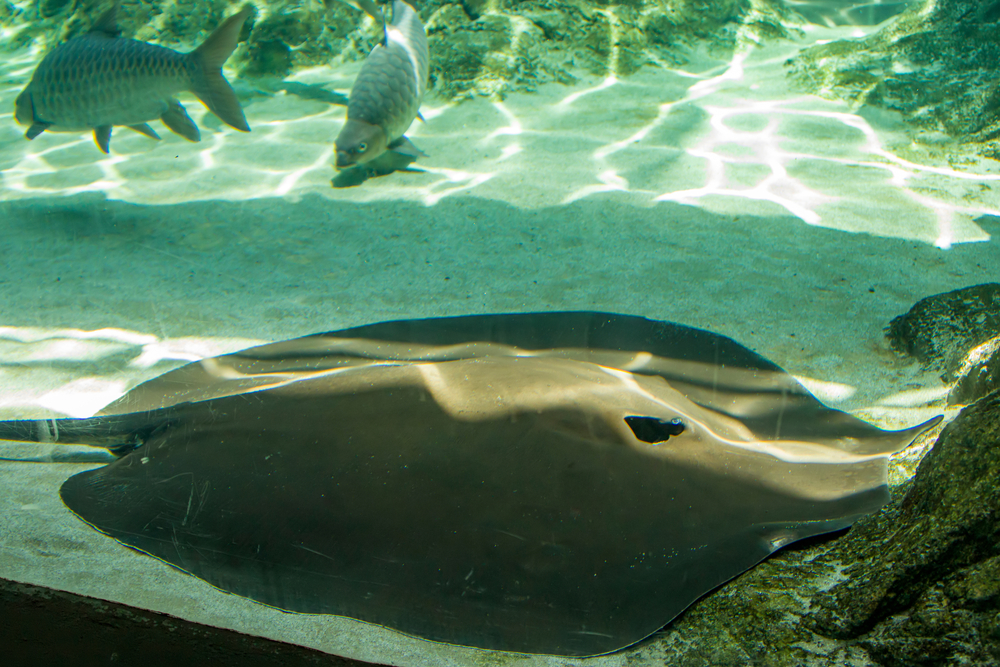
Stingrays are more than just mysterious ocean dwellers; they play a vital role in maintaining the health and balance of their ecosystems. As predators, they help control the populations of various prey species, preventing any one group from becoming too dominant. This, in turn, supports the diversity of life in their habitats, ensuring a stable and healthy ecosystem. Their feeding habits also contribute to the aeration of ocean floor sediments, promoting the growth of microorganisms that form the base of marine food webs.
In addition to their ecological impact, stingrays serve as prey for larger predators, including sharks and orcas, making them a crucial link in the ocean’s food chain. Their presence affects not only the species they directly interact with but also the broader community of marine life. By understanding and protecting stingrays, we also safeguard the delicate balance of marine ecosystems. Their role as both predator and prey highlights their importance in the underwater world, making them key players in the ocean’s complex web of life.
10. Stingrays Have Unique Reproductive Strategies
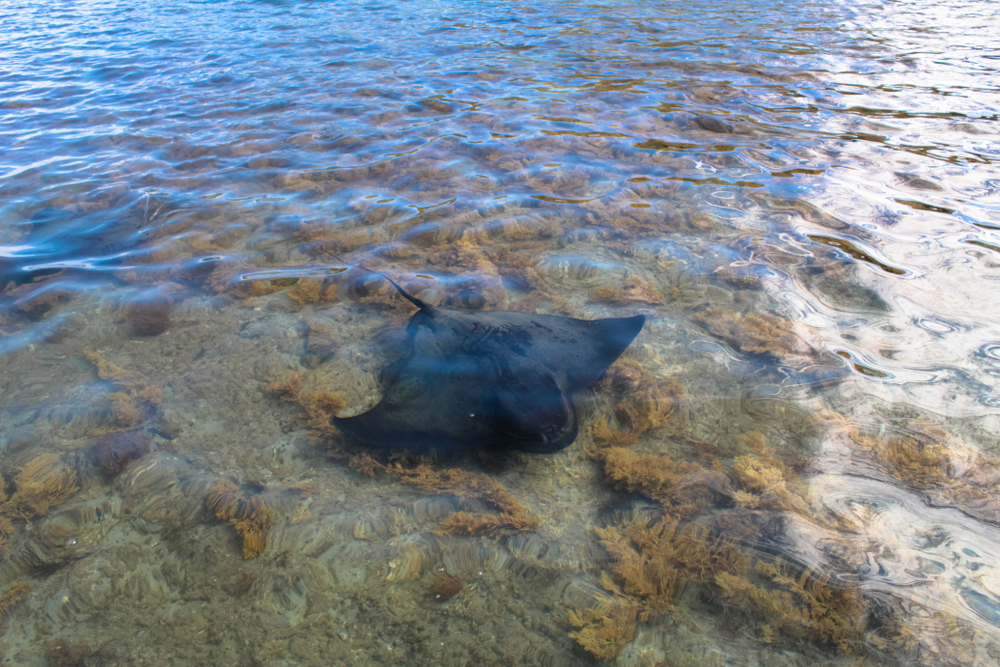
Stingrays exhibit a range of reproductive strategies that are as diverse as they are fascinating. Most stingray species are ovoviviparous, meaning that the young develop inside eggs that remain within the mother’s body until they are ready to hatch. This method of reproduction provides the developing embryos with protection and nourishment, increasing their chances of survival. In some species, the mother even provides a form of uterine milk to nourish the unborn young, a remarkable adaptation for a fish.
After a gestation period that can last several months, the mother gives birth to live young, which are miniatures of adult stingrays and are ready to fend for themselves immediately. This method of reproduction results in fewer offspring compared to other fish that lay large numbers of eggs, but each young stingray has a higher likelihood of survival. The reproductive strategies of stingrays reflect their adaptation to their environments, balancing the need for offspring quantity with quality. These unique reproductive methods are just one more reason to marvel at the complexity and adaptability of stingrays.
11. Stingrays Are Ancient Survivors

Stingrays have been gliding through Earth’s oceans for millions of years, with fossil evidence suggesting their existence as far back as the Jurassic period. This long history speaks to their incredible adaptability and resilience in the face of changing environments and climates. Over the ages, stingrays have survived mass extinctions, evolving to suit a wide variety of niches in the ocean ecosystem. Their continued presence in today’s seas is a testament to their success as a species.
The evolution of stingrays from their ancient ancestors showcases a remarkable journey through time, with changes in body shape, feeding habits, and habitat preferences. Despite the myriad changes in the world’s oceans, stingrays have managed to thrive, adapting to new challenges and opportunities. Their ancient lineage makes them living links to the distant past, providing insights into the history of marine life on Earth. As ancient survivors, stingrays remind us of the enduring power of nature’s ability to adapt and endure.
12. Stingrays Are Popular in Aquariums but Pose Challenges
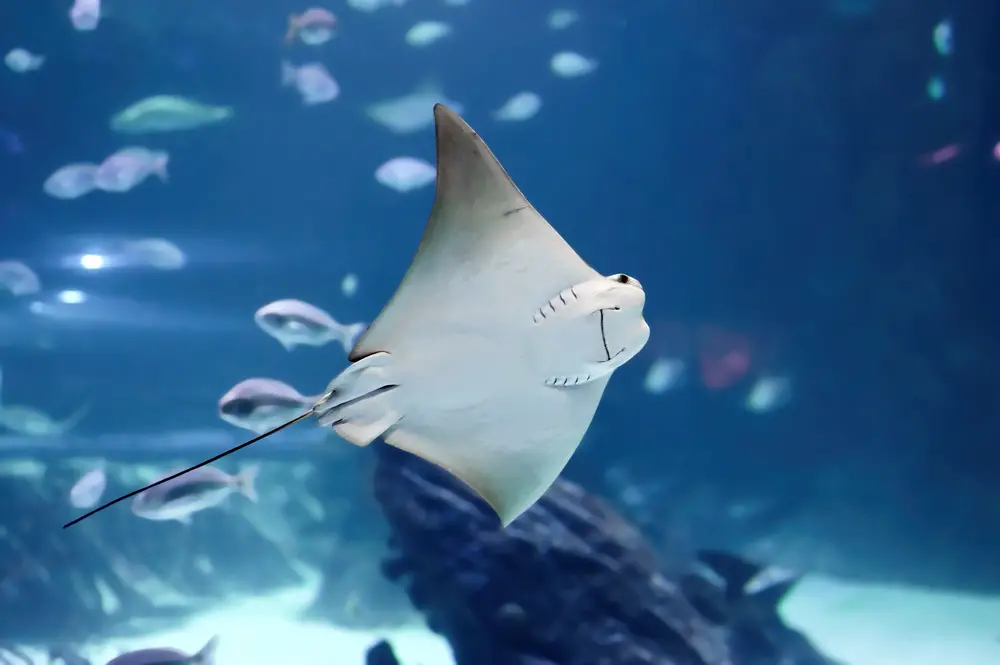
Stingrays are a popular attraction in aquariums worldwide, captivating visitors with their graceful movements and unique appearance. However, keeping stingrays in captivity poses several challenges due to their specific needs and behaviors. They require large tanks with ample space to swim and a carefully controlled environment to mimic their natural habitat. Maintaining the right water quality, temperature, and diet is crucial to their health and well-being in an artificial setting.
Aquariums that house stingrays must also consider their social nature and the need for interaction with other rays or marine life. Despite these challenges, aquariums play a critical role in educating the public about stingrays and the importance of conserving their natural habitats. They offer a unique opportunity for people to learn about and connect with these fascinating creatures, fostering a greater appreciation for marine conservation. While captivity can never fully replicate the wild, responsible aquariums strive to provide the best possible environment for their stingray inhabitants.
13. Conservation Efforts Are Crucial for Stingray Survival
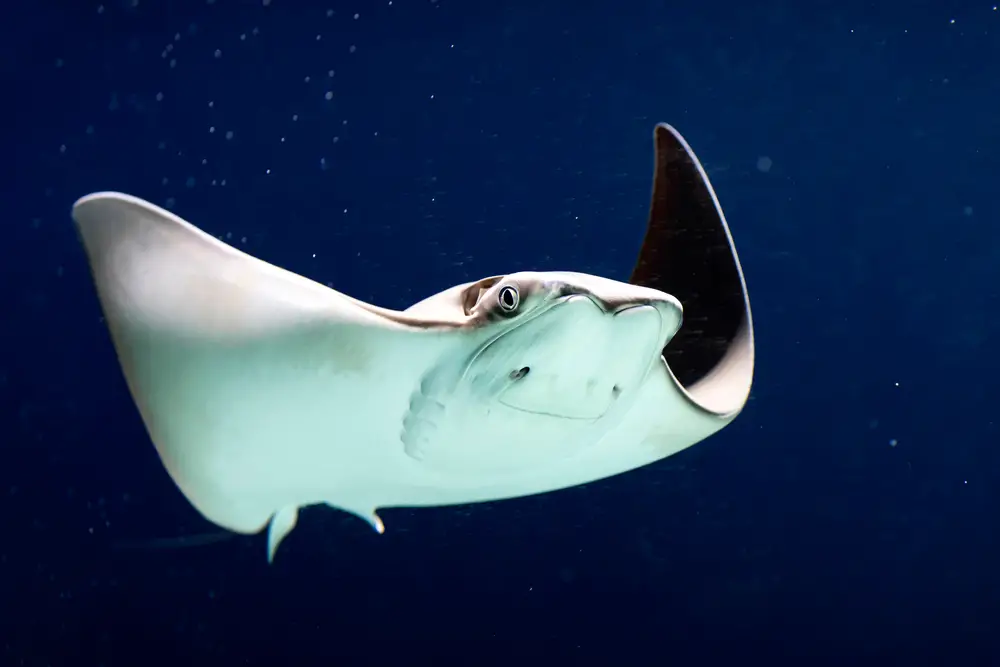
Stingrays face a variety of threats in the wild, from habitat destruction and pollution to overfishing and climate change. Many species of stingrays are considered vulnerable or endangered, making conservation efforts critical to their survival. Organizations and researchers around the world are working to protect stingray habitats and raise awareness about the challenges these creatures face. Conservation programs often focus on marine protected areas, sustainable fishing practices, and public education to promote the well-being of stingray populations.
By supporting conservation initiatives, individuals can contribute to the preservation of stingrays and the broader marine ecosystems they inhabit. Efforts to reduce pollution, protect coastal habitats, and regulate fishing practices can have a significant impact on the future of these remarkable creatures. As ambassadors for the ocean’s health, stingrays offer a compelling reason to prioritize marine conservation and ensure that future generations can continue to marvel at their beauty and grace. The survival of stingrays depends on our commitment to protecting their natural world, highlighting the interconnectedness of humans and the ocean.
